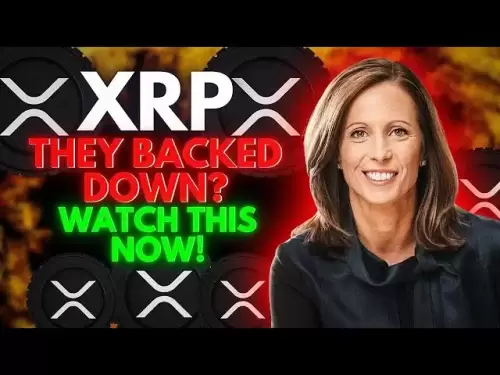-
 Bitcoin
Bitcoin $117500
2.15% -
 Ethereum
Ethereum $3911
6.19% -
 XRP
XRP $3.316
10.79% -
 Tether USDt
Tether USDt $1.000
0.01% -
 BNB
BNB $787.2
2.24% -
 Solana
Solana $175.2
4.15% -
 USDC
USDC $0.9999
0.00% -
 Dogecoin
Dogecoin $0.2225
8.40% -
 TRON
TRON $0.3383
0.28% -
 Cardano
Cardano $0.7868
6.02% -
 Stellar
Stellar $0.4382
9.34% -
 Hyperliquid
Hyperliquid $40.92
7.56% -
 Sui
Sui $3.764
7.63% -
 Chainlink
Chainlink $18.48
10.66% -
 Bitcoin Cash
Bitcoin Cash $582.1
1.88% -
 Hedera
Hedera $0.2601
6.30% -
 Avalanche
Avalanche $23.33
4.94% -
 Ethena USDe
Ethena USDe $1.001
0.02% -
 Litecoin
Litecoin $122.3
2.04% -
 UNUS SED LEO
UNUS SED LEO $8.969
-0.27% -
 Toncoin
Toncoin $3.339
0.86% -
 Shiba Inu
Shiba Inu $0.00001287
4.30% -
 Uniswap
Uniswap $10.43
7.38% -
 Polkadot
Polkadot $3.861
5.08% -
 Dai
Dai $1.000
0.02% -
 Bitget Token
Bitget Token $4.513
3.41% -
 Monero
Monero $267.7
-6.18% -
 Cronos
Cronos $0.1499
4.14% -
 Pepe
Pepe $0.00001110
5.15% -
 Aave
Aave $284.9
8.28%
How to avoid liquidation in Gate.io Futures Trading?
To avoid liquidation in Gate.io futures trading, use lower leverage, set stop-loss orders, monitor market volatility, diversify your portfolio, and maintain adequate margin.
Apr 06, 2025 at 12:21 am
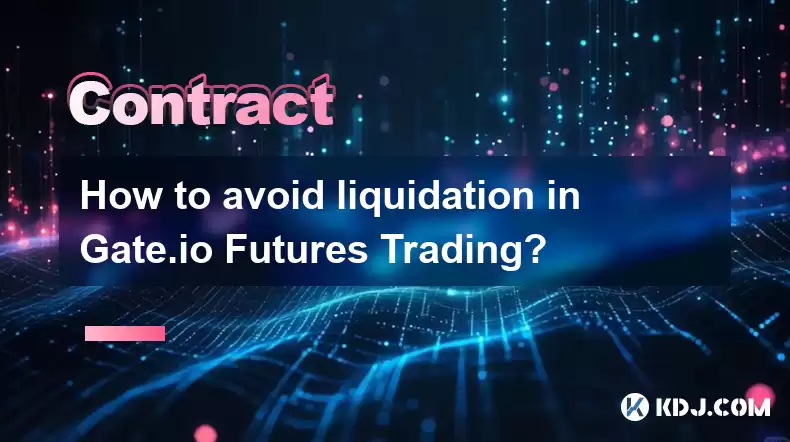
Liquidation in futures trading can be a daunting experience, especially for newcomers. Gate.io, a popular cryptocurrency exchange, offers futures trading with various tools and strategies to help traders avoid liquidation. Understanding the mechanics of futures trading and implementing effective risk management techniques are crucial to maintaining a healthy trading account. In this article, we will explore several strategies and tips to help you avoid liquidation in Gate.io futures trading.
Understanding Liquidation in Futures Trading
Liquidation occurs when a trader's position is forcibly closed by the exchange due to insufficient margin to cover potential losses. In Gate.io futures trading, this happens when the account's maintenance margin falls below the required level. To avoid liquidation, it's essential to understand the factors that contribute to it, such as leverage, market volatility, and position size. By keeping these factors in mind, traders can better manage their risk and prevent their positions from being liquidated.
Setting Appropriate Leverage
One of the most critical aspects of avoiding liquidation is setting the right leverage. High leverage can amplify both gains and losses, making it easier to reach the liquidation point. On Gate.io, traders can choose their leverage level, ranging from 1x to 100x. To minimize the risk of liquidation, it's advisable to use lower leverage, especially for beginners.
- Start with lower leverage, such as 1x to 5x, to understand market movements better.
- Gradually increase leverage as you gain more experience and confidence in your trading strategy.
- Always consider the potential impact of leverage on your account's margin requirements.
Using Stop-Loss Orders
Stop-loss orders are an essential tool for managing risk in futures trading. They automatically close a position when the market reaches a specified price, helping to limit potential losses. On Gate.io, you can set stop-loss orders to protect your positions from significant adverse movements.
- Determine your risk tolerance and set stop-loss orders accordingly.
- Place stop-loss orders at levels that allow for normal market fluctuations but protect against significant losses.
- Regularly review and adjust your stop-loss orders based on market conditions and your trading strategy.
Monitoring Market Volatility
Market volatility can significantly impact the likelihood of liquidation. High volatility increases the risk of rapid price movements, which can quickly deplete your margin. To mitigate this risk, it's crucial to monitor market conditions and adjust your trading strategy accordingly.
- Use technical analysis tools to gauge market volatility and identify potential trends.
- Consider reducing your position size or leverage during periods of high volatility.
- Stay informed about market news and events that could impact cryptocurrency prices.
Diversifying Your Portfolio
Diversification is a key strategy for reducing risk in any investment portfolio, including futures trading. By spreading your investments across different assets, you can minimize the impact of a single position's liquidation on your overall account.
- Trade multiple cryptocurrencies to spread risk across different assets.
- Consider trading different types of futures contracts, such as perpetual and quarterly futures.
- Regularly review and rebalance your portfolio to maintain an optimal risk-reward balance.
Maintaining Adequate Margin
Maintaining adequate margin is crucial for avoiding liquidation. Gate.io requires traders to maintain a certain level of margin to keep their positions open. If the margin falls below the maintenance level, the position may be liquidated.
- Monitor your account's margin level regularly to ensure it remains above the maintenance margin.
- Consider adding more funds to your account if your margin level approaches the maintenance threshold.
- Use the margin calculator provided by Gate.io to estimate the required margin for your positions.
Implementing a Risk Management Plan
A comprehensive risk management plan is essential for successful futures trading. This plan should outline your risk tolerance, position sizing, and strategies for managing potential losses.
- Define your risk tolerance and set clear limits on the amount you are willing to lose on each trade.
- Use position sizing techniques to ensure that no single trade can significantly impact your overall account balance.
- Regularly review and adjust your risk management plan based on your trading performance and market conditions.
Utilizing Hedging Strategies
Hedging is a technique used to offset potential losses in one position by taking an opposite position in another asset. In Gate.io futures trading, you can use hedging to protect your positions from adverse market movements.
- Consider opening a hedge position in a correlated asset to offset potential losses in your primary position.
- Use options contracts to hedge against significant price movements in the underlying asset.
- Regularly monitor and adjust your hedge positions to ensure they remain effective in managing risk.
Staying Informed and Educated
Staying informed about market trends and continuously educating yourself on trading strategies can significantly improve your ability to avoid liquidation. Gate.io offers various resources, including tutorials, webinars, and market analysis, to help traders stay up-to-date.
- Regularly read market analysis and news to stay informed about potential market-moving events.
- Participate in trading webinars and workshops to learn new strategies and techniques.
- Join trading communities and forums to exchange ideas and learn from experienced traders.
Practicing with a Demo Account
Before risking real money, it's beneficial to practice trading with a demo account. Gate.io offers a demo account feature that allows traders to simulate real market conditions without financial risk.
- Use the demo account to test different trading strategies and understand how they perform in various market scenarios.
- Practice setting stop-loss orders and adjusting leverage to see how these actions impact your positions.
- Gain confidence in your trading skills before transitioning to live trading with real funds.
Regularly Reviewing and Adjusting Your Strategy
The cryptocurrency market is highly dynamic, and what works today may not work tomorrow. Regularly reviewing and adjusting your trading strategy is essential for long-term success and avoiding liquidation.
- Analyze your trading performance regularly to identify strengths and weaknesses in your strategy.
- Adjust your leverage, position sizing, and risk management techniques based on your performance and market conditions.
- Stay flexible and be willing to adapt your strategy as the market evolves.
Common Questions Related to Avoiding Liquidation in Gate.io Futures Trading
Q: What is liquidation in Gate.io futures trading?
A: Liquidation in Gate.io futures trading occurs when a trader's position is forcibly closed by the exchange due to insufficient margin to cover potential losses. This happens when the account's maintenance margin falls below the required level.
Q: How can I set the right leverage to avoid liquidation?
A: To set the right leverage and avoid liquidation, start with lower leverage levels, such as 1x to 5x, and gradually increase as you gain experience. Always consider the potential impact of leverage on your account's margin requirements.
Q: What are stop-loss orders, and how do they help avoid liquidation?
A: Stop-loss orders are tools that automatically close a position when the market reaches a specified price, helping to limit potential losses. They help avoid liquidation by protecting your positions from significant adverse movements.
Q: How does market volatility affect the risk of liquidation?
A: High market volatility increases the risk of rapid price movements, which can quickly deplete your margin and lead to liquidation. Monitoring market conditions and adjusting your trading strategy can help mitigate this risk.
Q: Why is diversification important in futures trading?
A: Diversification is important in futures trading because it helps spread risk across different assets, reducing the impact of a single position's liquidation on your overall account.
Q: How can I maintain adequate margin to avoid liquidation?
A: To maintain adequate margin, regularly monitor your account's margin level, consider adding more funds if necessary, and use the margin calculator provided by Gate.io to estimate the required margin for your positions.
Q: What is a risk management plan, and why is it important?
A: A risk management plan outlines your risk tolerance, position sizing, and strategies for managing potential losses. It is important because it helps you maintain control over your trading and avoid liquidation.
Q: How can hedging help avoid liquidation?
A: Hedging can help avoid liquidation by offsetting potential losses in one position with an opposite position in another asset, thereby reducing overall risk.
Q: Why is staying informed and educated important for avoiding liquidation?
A: Staying informed and educated helps you understand market trends and implement effective trading strategies, which can significantly improve your ability to avoid liquidation.
Q: How can practicing with a demo account help avoid liquidation?
A: Practicing with a demo account allows you to test different trading strategies and understand how they perform in various market scenarios without financial risk, helping you gain confidence and avoid liquidation when trading with real funds.
Q: Why is it important to regularly review and adjust my trading strategy?
A: Regularly reviewing and adjusting your trading strategy is important because the cryptocurrency market is highly dynamic, and adapting to changing conditions can help you avoid liquidation and achieve long-term success.
Disclaimer:info@kdj.com
The information provided is not trading advice. kdj.com does not assume any responsibility for any investments made based on the information provided in this article. Cryptocurrencies are highly volatile and it is highly recommended that you invest with caution after thorough research!
If you believe that the content used on this website infringes your copyright, please contact us immediately (info@kdj.com) and we will delete it promptly.
- Bitcoin, Meme ICOs, and FOMO: Catching the Next Crypto Wave
- 2025-08-08 18:30:34
- OM, Investment, and Growth: Decoding the Latest Trends in Digital Assets
- 2025-08-08 18:30:34
- SNEK, Cardano, and the Contributor's Conundrum: A Meme Coin's Fight for Recognition
- 2025-08-08 16:30:12
- Toshi Crypto's Wild Ride: Rally, Demand Slump, and What's Next
- 2025-08-08 16:30:12
- Ethereum, Staking Yields, and DeFi Exposure: A New Era for Investors?
- 2025-08-08 15:10:12
- Unilabs Pumps MIA, Binance Coin Bouncing Back, and Ethereum's Bearish Blues
- 2025-08-08 15:10:12
Related knowledge

What is the distinction between mark price and last price on KuCoin?
Aug 08,2025 at 01:58pm
Understanding the Basics of Price in Cryptocurrency TradingIn cryptocurrency exchanges like KuCoin, two key price indicators frequently appear on trad...

What are the specific maker and taker fees on KuCoin Futures?
Aug 08,2025 at 08:28am
Understanding Maker and Taker Fees on KuCoin FuturesWhen trading on KuCoin Futures, users encounter two primary types of fees: maker fees and taker fe...
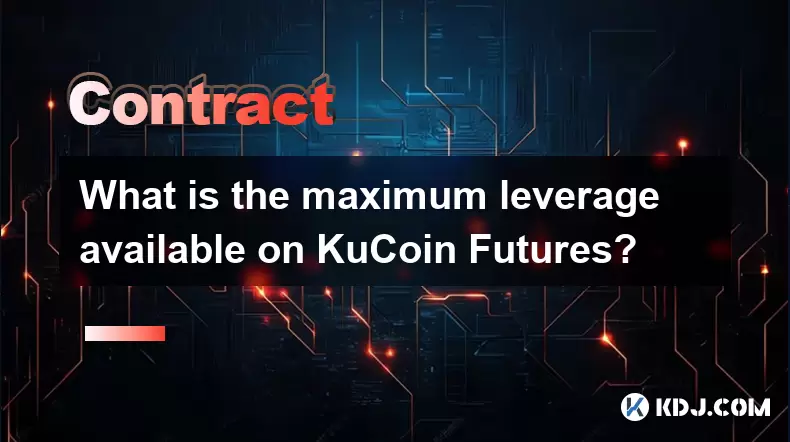
What is the maximum leverage available on KuCoin Futures?
Aug 08,2025 at 10:21am
Understanding Leverage in KuCoin Futures TradingLeverage in KuCoin Futures allows traders to control a larger position size using a smaller amount of ...

What is the minimum deposit for OKX contracts?
Aug 08,2025 at 07:00am
Understanding OKX Contract Trading BasicsOKX is one of the leading cryptocurrency derivatives exchanges, offering a wide range of perpetual and future...
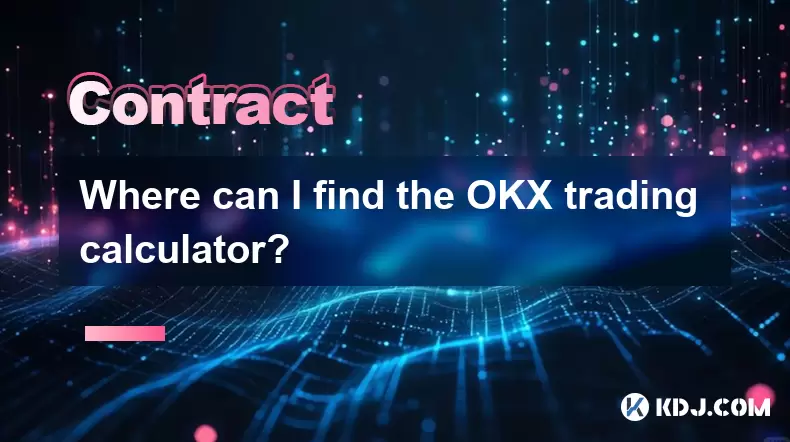
Where can I find the OKX trading calculator?
Aug 08,2025 at 07:49am
Understanding the OKX Trading Calculator FunctionalityThe OKX trading calculator is a powerful analytical tool designed to assist traders in estimatin...
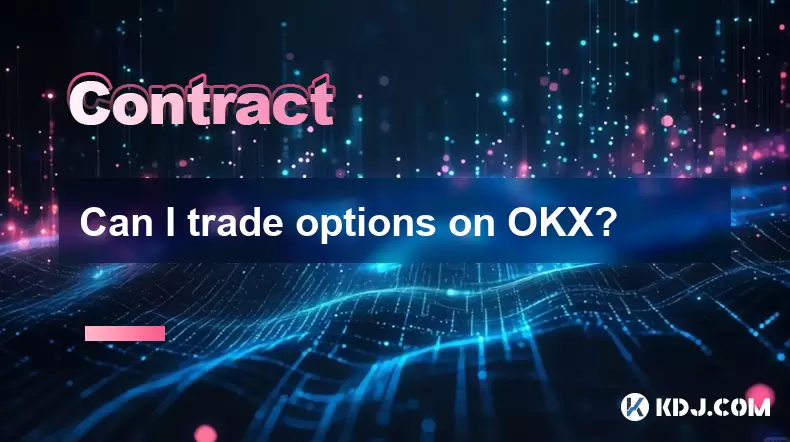
Can I trade options on OKX?
Aug 08,2025 at 11:01am
Understanding Options Trading on OKXYes, you can trade options on OKX. OKX is one of the leading cryptocurrency derivatives exchanges that offers a de...

What is the distinction between mark price and last price on KuCoin?
Aug 08,2025 at 01:58pm
Understanding the Basics of Price in Cryptocurrency TradingIn cryptocurrency exchanges like KuCoin, two key price indicators frequently appear on trad...

What are the specific maker and taker fees on KuCoin Futures?
Aug 08,2025 at 08:28am
Understanding Maker and Taker Fees on KuCoin FuturesWhen trading on KuCoin Futures, users encounter two primary types of fees: maker fees and taker fe...

What is the maximum leverage available on KuCoin Futures?
Aug 08,2025 at 10:21am
Understanding Leverage in KuCoin Futures TradingLeverage in KuCoin Futures allows traders to control a larger position size using a smaller amount of ...

What is the minimum deposit for OKX contracts?
Aug 08,2025 at 07:00am
Understanding OKX Contract Trading BasicsOKX is one of the leading cryptocurrency derivatives exchanges, offering a wide range of perpetual and future...

Where can I find the OKX trading calculator?
Aug 08,2025 at 07:49am
Understanding the OKX Trading Calculator FunctionalityThe OKX trading calculator is a powerful analytical tool designed to assist traders in estimatin...

Can I trade options on OKX?
Aug 08,2025 at 11:01am
Understanding Options Trading on OKXYes, you can trade options on OKX. OKX is one of the leading cryptocurrency derivatives exchanges that offers a de...
See all articles


























